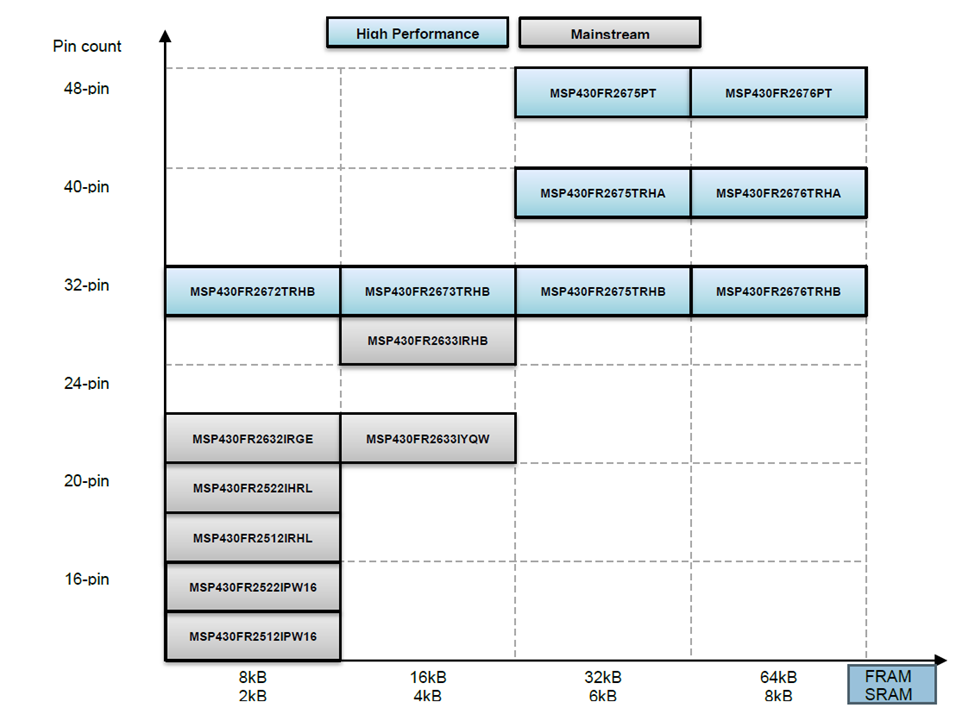SSZT304 may 2020 MSP430FR2512 , MSP430FR2522 , MSP430FR2632 , MSP430FR2633 , MSP430FR2672 , MSP430FR2673 , MSP430FR2675 , MSP430FR2676

A consumer’s first impression is often based on two things: what a product looks like and how they interact with it. Strong first impressions are important. High-performance capacitive touch and proximity-sensing technologies enable product designers to make bold statements to consumers, not only improving how their products look, but refining how they interact with the product.
The process of implementing a capacitive touch design into industrial applications has been notoriously challenging for newer product engineers. Common design challenges such as mechanical integration, software development, noise and moisture tolerance, and cost are often seen as barriers to entry. This is where CapTIvate™ technology for capacitive touch applications can help.
TI microcontrollers (MCUs) with capacitive touch, including the MSP430FR267x, MSP430FR263x, MSP430FR252x and MSP430FR251x and their associated development ecosystems, are designed to enable high-performance capacitive touch applications while also simplifying or even eliminating the design challenges engineers face when adding capacitive touch to a product.
MSP430™ MCUs with CapTIvate technology differ from other capacitive touch devices because they combine a mainstream or high-performance capacitive touch front end with TI’s MSP430 ultra-low-power architecture.
These devices include features that support the complexity of designing a capacitive touch system. These technologies are outlined in our capacitive touch white paper.
Figure 1 shows the CapTIvate technology enabled MSP430™ MCUs.
 Figure 1 The MSP430 CapTIvate MCU
portfolio
Figure 1 The MSP430 CapTIvate MCU
portfolioThe MSP CapTIvate MCU portfolio now includes lower-memory and lower-cost devices, including the MSP430FR2672 and MSP430FR2673 devices. These devices are a good fit for high-performance and cost-sensitive industrial applications.
Based on where you are in your design cycle and your experience in designing capacitive touch systems, TI has resources to help:
- For beginners: download the Capacitive Touch Technology Guide and watch training videos to learn more about capacitive touch sensing and MCUs.
- For hands-on learners: The Captivate Design Center GUI for MSP430 Capacitive Sensing MCUs lets you to visually explore software examples, tools and documentation.
- For those ready to get started: Purchase a capacitive touch evaluation board bundle, like the capacitive touch MSP430FR2676 MCU board, and use the “Capacitive Touch Design Flow for MSP430 MCUs with CapTIvate Technology” application report for step-by-step instructions on how to design your project.
The capacitive touch trend is rising, yet designing with capacitive touch can be complex and expensive. Lower cost devices and design resources can allow you to add capacitive touch to your design effortlessly and within your price and budget requirements.